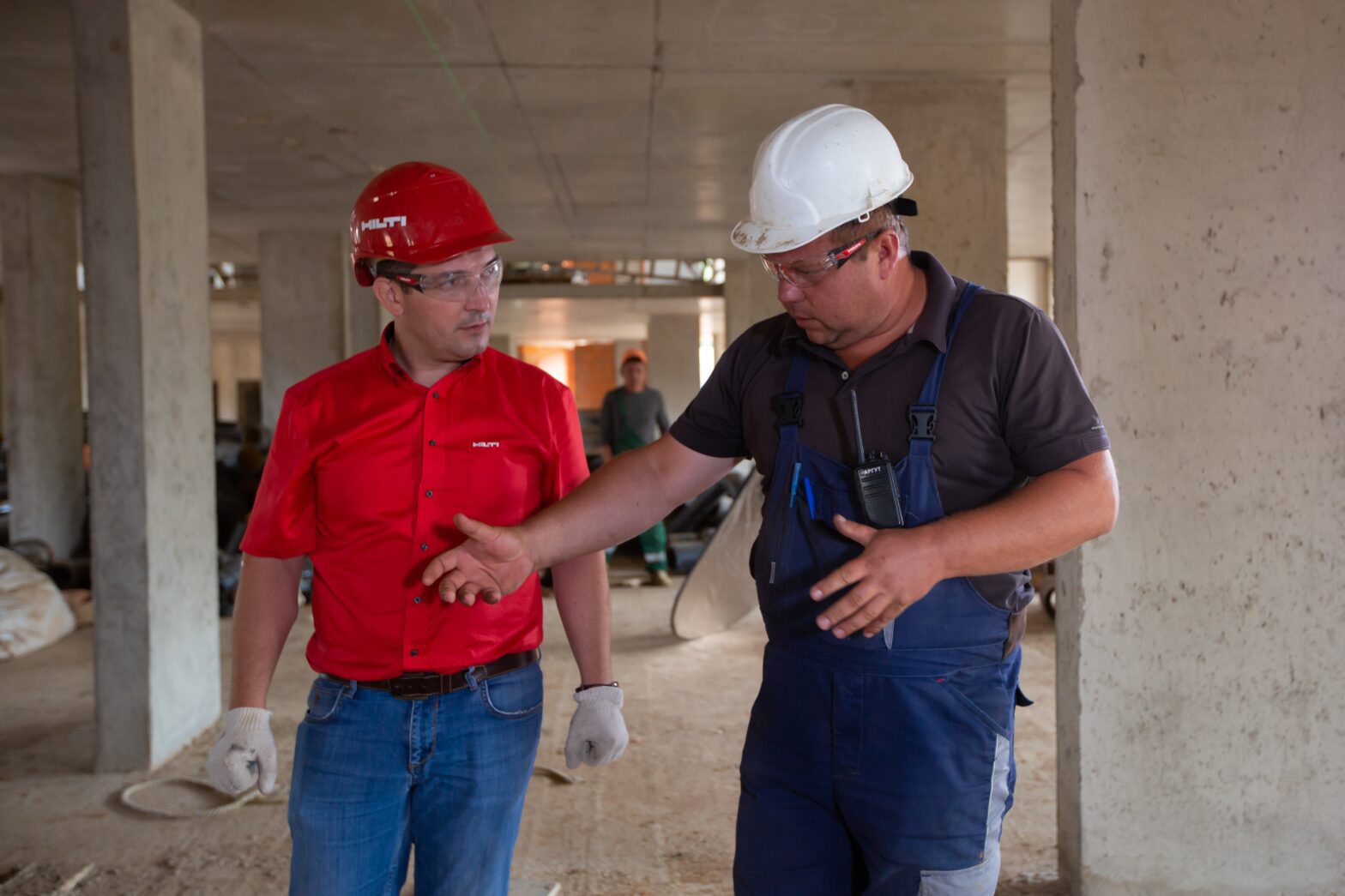May 12, 2016
Hasty hiring brings eventual firing. These wise words should be the mantra for every organization. Especially if your company’s current hiring process consists of putting out a job posting, sifting through resumes, and hiring the first person who doesn’t throw up a major red flag during an interview, it’s time to consider a renewed approach. One that will save you time and money and help you hire the best of the best.
“Making poor hiring decisions will cost both your company coffers and your company culture dearly,” said Dave Anderson, author of How to Lead by THE BOOK: Proverbs, Parables, and Principles to Tackle Your Toughest Business Challenges. “It’s much better to be temporarily short-staffed than to lower your standards. Learn to use the interview process to knock out the candidates who aren’t the right fit for you, and you’ll end up with a new team member who will be an asset to your brand, your morale, your momentum, and your productivity for a long time to come.”
According to Anderson, the purpose of a knockout interview is to eliminate candidates from consideration using smart, rigorous, values-shaped standards, and to do it without wasting time. Knockout interviews help upgrade hiring from an inclusive process to an elimination process, thus saving your most valuable resource—time. To that end, knockout interviews are invaluable.
“The knockout interview begins before you ever meet a candidate face to face,” Anderson said. “In fact, your goal is to avoid face time with as many applicants as possible. As soon as you receive the first stack of resumes, you should start looking for reasons to cut individuals from consideration.”
Anderson acknowledges that this method may initially seem somewhat ruthless and cutthroat. However, one bad apple truly does spoil the entire bunch. It’s much more prudent to identify undesirables before they’ve landed a position on your payroll.
Plus, from a financial standpoint, hiring hastily can be extremely expensive. Think about it: If you have to let someone go, you’re facing numerous expenses, including administrative costs, possible severance pay, and possible unemployment compensation. Then you’ll have to pay for attracting a new candidate and providing training for that person. And all the while, you might have to pay others overtime to complete essential tasks. When you look at it this way, it becomes pretty clear that when you’re more discriminating upfront, you’re a better steward of your organization’s resources.
Here are five tips for making the knockout interview work for you:
LOOK FOR AN ABILITY TO BE FAITHFUL IN THE LITTLE THINGS
When it comes to hiring a new person to be a member of your team, no detail is too small to overlook. The fact is, how well a person performs on the little things is indicative of how well she will — or won’t — perform on the big things. And you can start to evaluate this capability as soon as the first batch of resumes lands on your desk. As you read through them, consciously look for reasons to put some of those resumes in the “reject” pile, keeping in mind that you want to uphold your organization’s standards of excellence.
“Look for use of professional language and correctly spelled words,” Anderson said. “If these aren’t present, it’s a reason for disqualification.”
MAKE SURE THE CANDIDATE HAS THE BASIC ABILITY TO DO THE JOB
After you’ve cut the dead weight from the resumes you’ve collected, it’s time to start conducting phone interviews. In addition to making sure that candidates communicate clearly and respectfully, your task at this point is to ensure that they can fulfill the non-negotiables of the position.
“You may want to ask applicants about whether they’re available to work certain days or hours, or if they’re comfortable performing specific tasks,” said Anderson.
LET THEM DO THE TALKING
When conducting face-to-face interviews, many employers try to put interviewees at ease by doing most of the talking and spending much of the interview telling the candidate about how great the company is. However, your job as a leader isn’t to have a friendly chat—it’s to assess an applicant’s character and competency. Specifically, you should avoid:
- Talking too much — you need to learn about the candidate, not vice versa
- Conducting the interview as though it were a casual conversation
- Degrading the interview into a sales pitch
“There’s no need to intimidate or to be unduly overbearing toward an interviewee,” Anderson said, “but keep in mind that your objective is to evaluate their past accomplishments, because past performance is much more telling than past experience. Dig into their life and try to determine what their key traits are, such as character, talent, attitude, energy, and drive.”
LOOK AT THEIR JOURNEY, NOT THEIR LOCATION
Just as you shouldn’t judge a book by its cover, you shouldn’t judge a job candidate by their location on life’s ladder. Dig deeper and determine what they overcame to get where they are. The fact is, some people are given a generous head start in life, while others have been forced to negotiate potholes, obstacles, and stumbling blocks.
SHARE YOUR CORE VALUES BEFORE HIRING
The objective of the knockout interview model is to find a reason to say “no” to a job candidate. By sharing your core values with applicants, though, you may find that they “knock” themselves “out” for you. Share your organization’s core values and behavioural expectations before extending an offer. Let applicants know that you have non-negotiable standards for integrity, teamwork, attitude, attention to detail, etc. Then describe what these behaviours look like in practice, and be honest about the consequences for not living up to these standards.
Originally titled “The TKO Interview: Five Ways to Fire Before You Hire”. Reprinted with permission from HRVoice.org, BC Human Resources Management Association’s online industry information centre. The copyright of this article belongs to HRVoice.org.
Return to top

